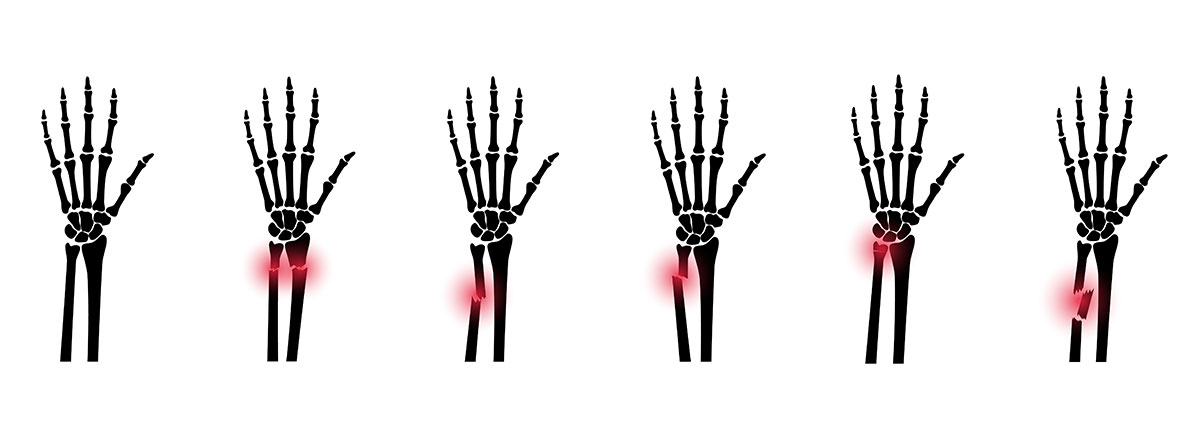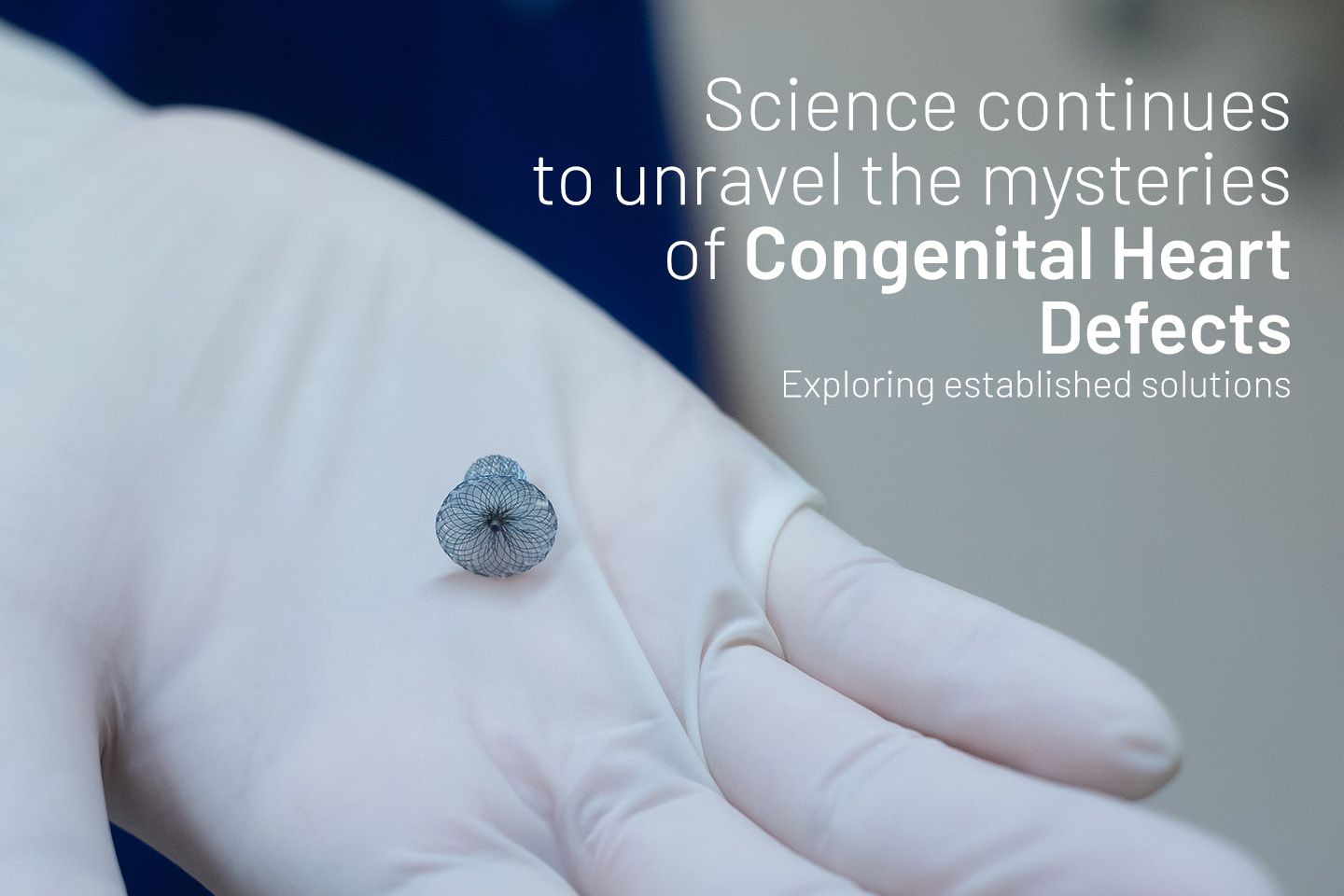Medical Devices
Distal Radius Fracture

What is Distal Radius Fracture?
Most of us know someone who has suffered from a fracture. You, too, may have had a fracture affecting any of your limbs. One of the common types of fracture noted is the distal radius fracture. In this article, we will look at what is a distal radius fracture and explore how this injury can be treated.
What is a distal radius fracture?
A distal radius fracture is a fracture that affects the radius bone of the human wrist. The human forearm has two prominent bones – the radius and the ulna. A fracture of the ulna may also accompany a distal radius fracture. This form of wrist fracture is extremely commonly and usually sustained by athletes. However, a distal radius fracture can also affect elderly patients whose bones have turned weak and brittle. For example, if an aged person falls on their wrist, they may sustain a distal radius fracture. This injury is also common in a car crash, as the driver’s arms were outstretched at the wheel.
What are the symptoms of a distal radius fracture?
Look out for the following symptoms immediately after an impact that affects your wrist:
Pain
Swelling
Numbness in the affected wrist
A slightly odd positioning or bending of the wrist that did not exist before
If you notice any of these symptoms, reach out to a doctor immediately to offer a proper course of treatment for your wrist.
Diagnosis and treatment
The doctor will carry out a series of imaging tests to determine the exact severity of damage to your wrist. These tests will generally include a CT and an X-ray of the affected areas. The doctor will also ask you about the symptoms you face and how you injured your wrist. Do be sure to tell the doctor everything as you experience it so that you may be offered the right course of treatment. A distal radius fracture treatment can be carried out through surgical or non-surgical means. If the injury is less severe, the patient may be lucky enough to get treated through non-surgical means. If the broken bone was aligned correctly, the doctor needs to fit it into a cast. However, if the bone has been moved out of its natural alignment, the doctor will first reposition it through a medical procedure called a reduction. After transferring the bone, the doctor will apply a splint or cast to allow the bone to set. It is essential to maintain the exact instructions provided by the doctor for caring for the fracture so that it heals well and is in place. The doctor will opt for surgery if the broken bone cannot be fixed by the above-mentioned non-surgical means.
In surgery, the doctor will cut the wrist at the point of the injury. Then, the affected bones will be set using various methods, including pins, plates, and other medical devices. Once the broken bones have been firmly established, the surgeon will sew up the operated area and apply a cast or splint. If the injury leads to a break in the skin and an exposed fracture, the surgeon will follow a similar protocol to set the bones in place.
After the surgery, the patient will need to stay in the hospital for a certain period depending on how severe the injury and operation were. The doctor will prescribe pain killers for this recovery period.
Recovery period
Recovering from a distal radius fracture is generally a long-drawn process and can be challenging for the patient. The doctor will prescribe certain medications to help with the inflammation. It is essential to take all medicines when prescribed to properly heal the fracture and minimise pain and other side effects.
After a certain amount of time has passed, the patient may need to undergo physiotherapy to help them move the affected wrist again. They may experience a certain amount of stiffness in the affected arm, and it may take a long time before they can move the wrist to its total capacity again. The cast or splint should come off in a month, though this time frame can vary between patients. The patient may need to wait at least two months before resuming any activities the wrist takes on pressure (such as going to the gym). The entire recovery period for a distal radius fracture can last up to a year.
It is essential to follow all the doctor’s advice on caring for your fracture to speed up recovery. Do not put any unnecessary pressure on the treated area for as long as possible. For example, if you need to lift any heavy object, consider getting help for the same.
Radius internal fixation from Meril
The 2.4 mm LPS Volar Distal Radius Plates for radius internal fixation from Meril have multiple screw choices in the head to allow stable angular fixation of extra- and intra-articular distal radius fracture. This helps the doctor to cater to each patient’s unique anatomical needs. The low plate as well as screw profile help to reduce the risk of irritation of the tendon and soft tissues. Other features include low-profile dorsal distal radius plates, double columns for proper fracture visualization, appropriate contouring action, and specific screw holes for radial styloid fixation.
Meril offers the latest medical device technology to promote better healing during medical procedures. Headquartered in India, Meril has a team of over 4000 professionals with a presence in more than 100 countries.
Conclusion
Thanks to many advancements in science, we can quickly treat various injuries and diseases. While we do our best to be careful, avoiding fractures and other similar injuries is not always possible. Always make sure to reach out to your doctor for the proper course of treatment for a good prognosis.





